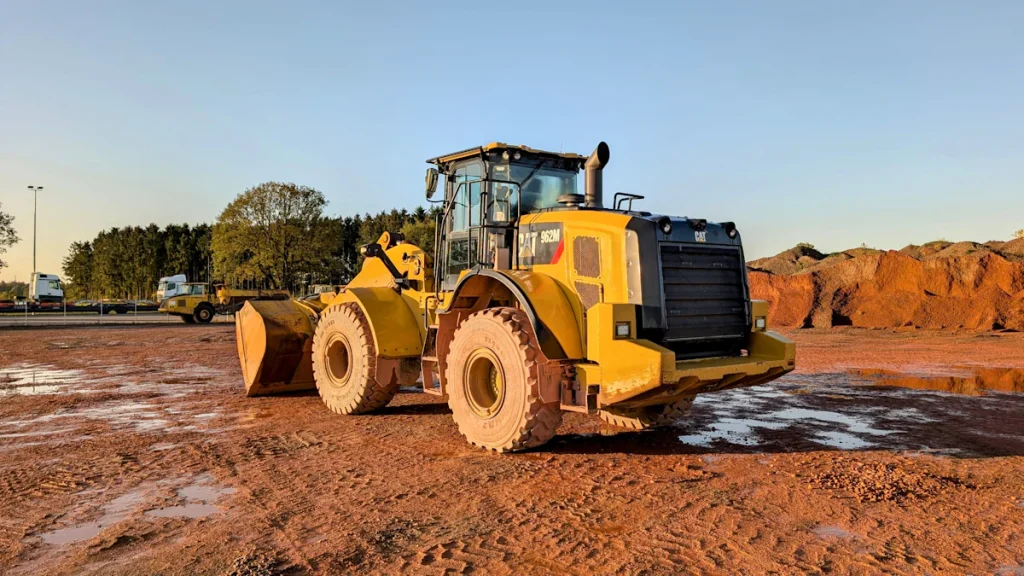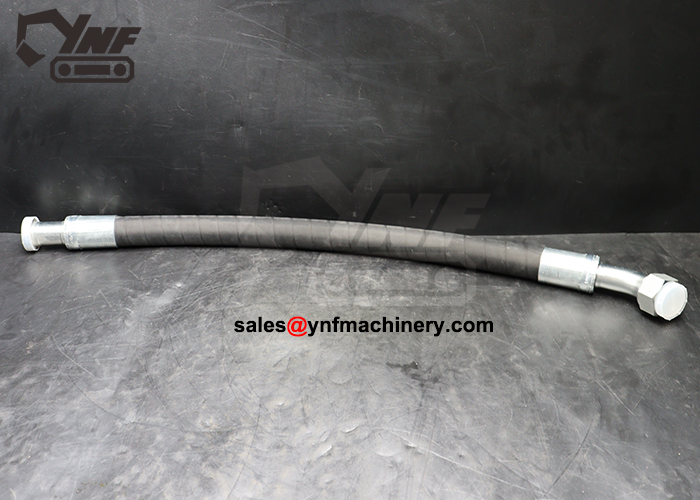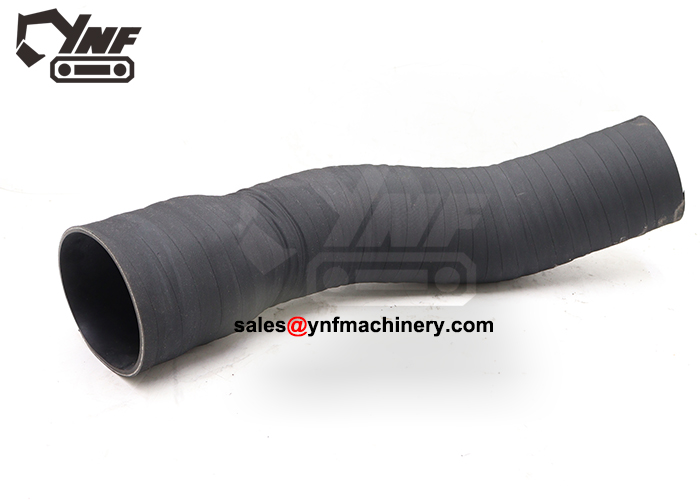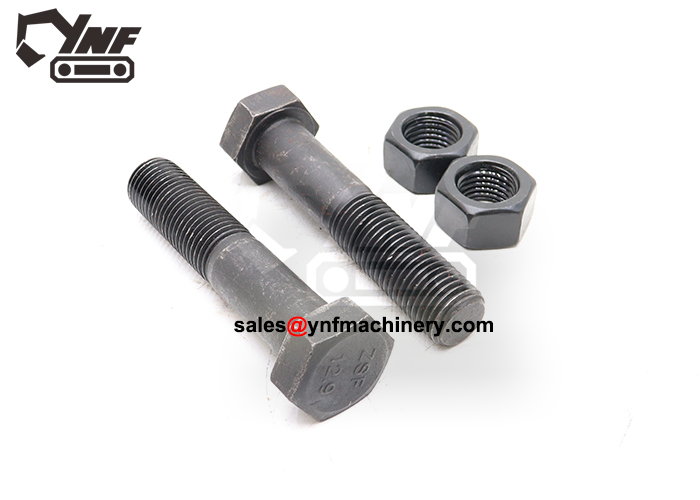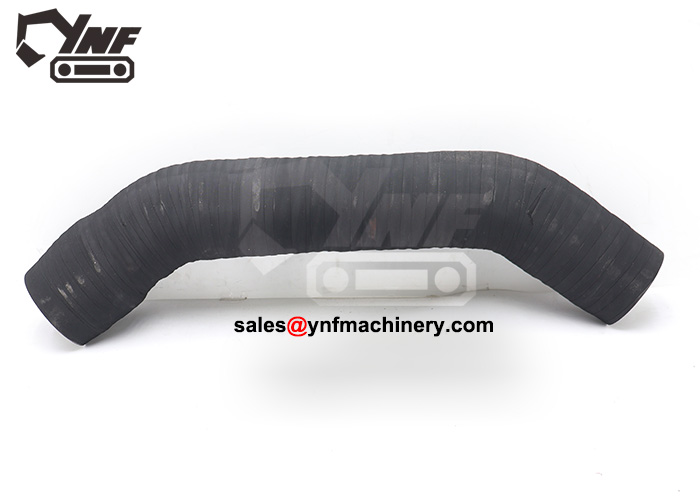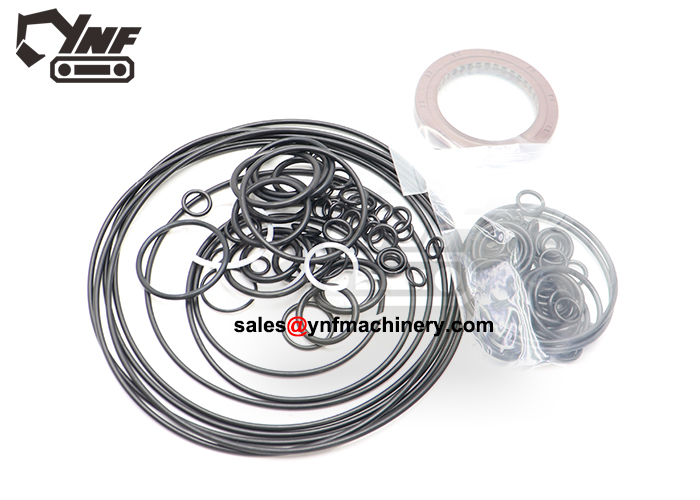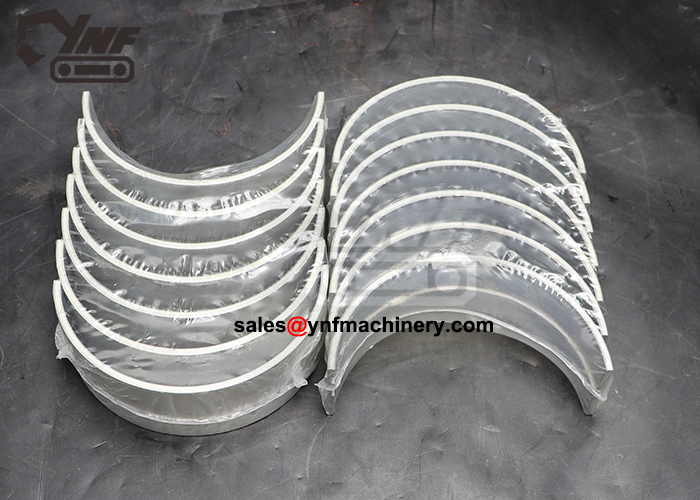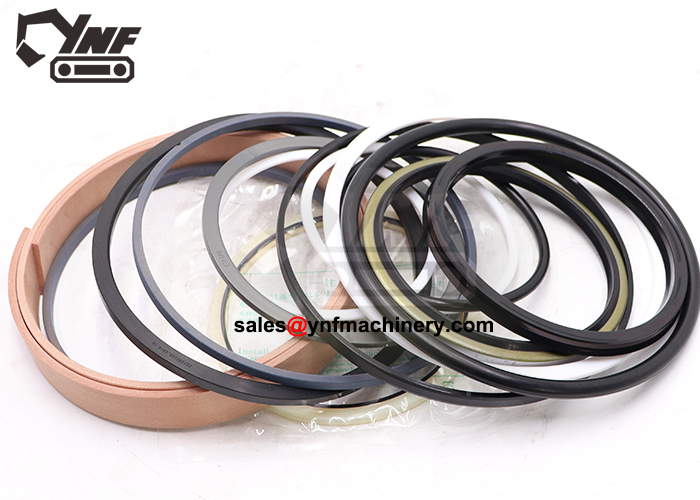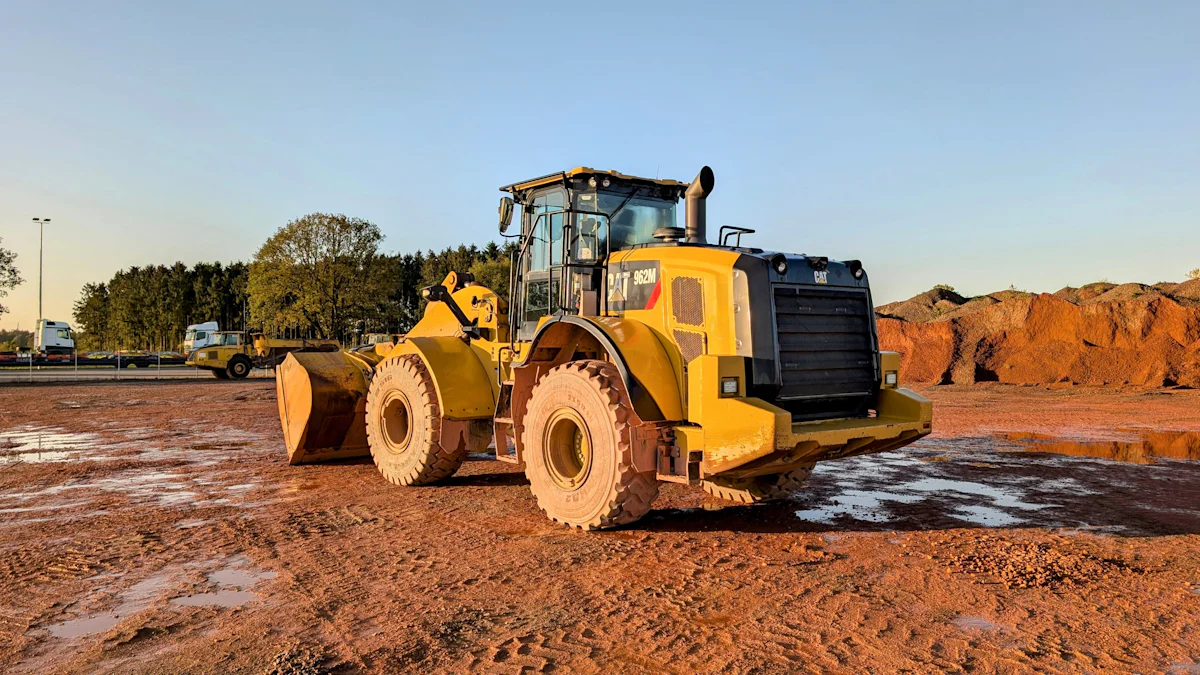
Choosing the right digger parts plays a vital role in keeping your equipment running efficiently. High-quality and compatible replacement parts ensure optimal performance and reduce the risk of costly downtime. Proper selection also helps you avoid operational disruptions and maintain productivity. Inspecting components like hydraulics and tracks guarantees reliability and durability. Following best practices for choosing parts safeguards your investment. YNF Machinery, with over 35 years of expertise, provides trusted solutions for excavator owners. Their premium excavator couplings and engine parts deliver unmatched quality and performance, ensuring your machinery operates at its best.
Key Takeaways
Identify your excavator’s make and model by locating the serial number, ensuring you order compatible parts.
Consult your equipment manual for detailed specifications and recommended replacement parts to avoid compatibility issues. Regularly inspect your excavator for wear and tear, focusing on critical components to prevent costly downtime.
Choose Original Equipment Manufacturer (OEM) parts for guaranteed compatibility and reliability, especially for essential components. Choose Original Equipment Manufacturer (OEM) parts for guaranteed compatibility and reliability, especially for essential components. Work with trusted suppliers like YNF Machinery to access high-quality parts and expert support, minimizing the risk of purchasing substandard components.
Keep a detailed maintenance log to track part replacements and performance, aiding in future decision-making and compliance with warranties.
Plan for routine inspections and stock essential spare parts to ensure quick replacements and maintain operational efficiency.
Understanding Your Equipment
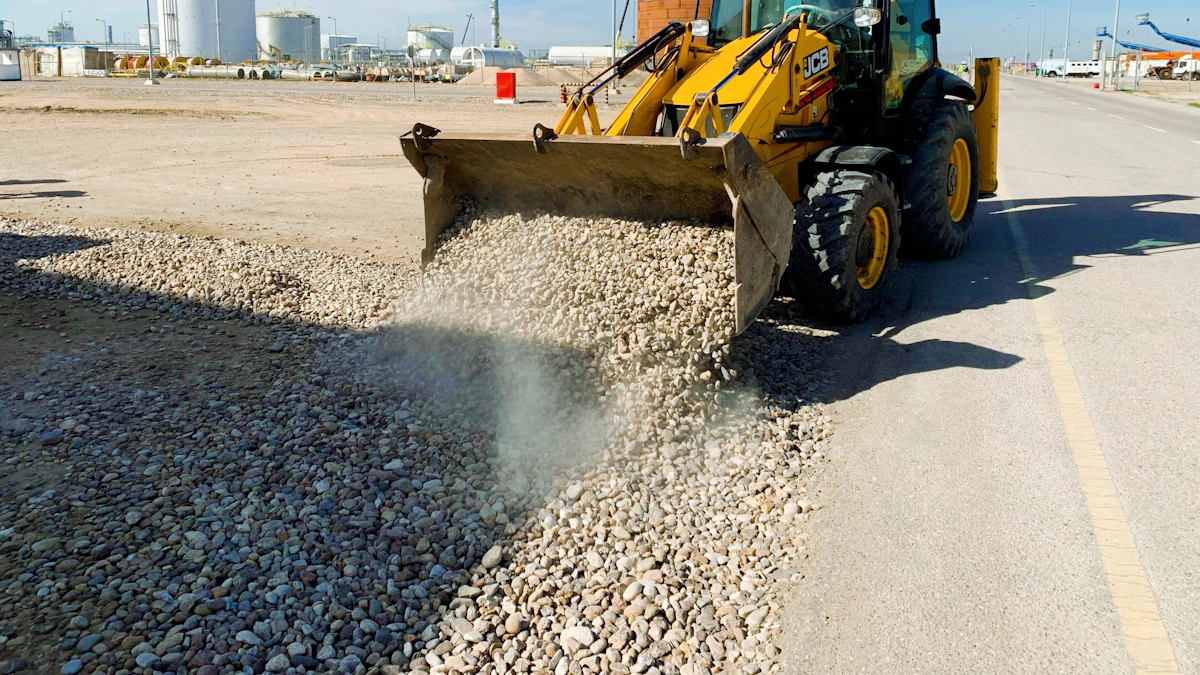
Identify the Make and Model
Locate and verify the equipment’s serial number.
Finding the serial number is the first step in identifying your equipment. This unique identifier is usually located on the identification plate near the cab of the machine.
Understand the specific requirements of your equipment’s make and model.
Each excavator has unique specifications based on its make and model. These details determine the type of parts it requires. Manufacturers often provide detailed guidance on equipment specifications, including product numbers and installation instructions.
Review Equipment Specifications
Check the equipment manual for part compatibility.
Your equipment manual is an invaluable resource. It contains detailed information about compatible parts and recommended replacements. By consulting the manual, you can review your specifications and avoid purchasing incompatible components. This step is essential for maintaining the performance and safety of your excavator.
Consider the operating environment (e.g., heavy-duty, light-duty, extreme weather).
The environment in which your excavator operates significantly impacts the type of parts you need. For heavy-duty tasks, prioritize durable components designed to withstand intense pressure. In extreme weather conditions, choose parts that can handle temperature fluctuations and moisture. Tailoring your selection to the operating environment enhances the efficiency and longevity of your equipment.
Assess Your Equipment’s Current Condition
Inspect for wear and tear to determine which parts need replacement.
Regular inspections are crucial for evaluating excavator condition. Look for signs of wear and tear, such as cracks, rust, or deformation. Pay close attention to high-stress areas like hydraulic systems and tracks. Identifying worn-out parts early prevents further damage and ensures your machine remains operational.
Prioritize critical components for immediate attention.
Not all parts have the same level of importance. Focus on critical components that directly affect your excavator’s performance, such as the engine, hydraulic pump, and couplings. Replacing these parts promptly minimizes downtime and keeps your equipment running smoothly.
Consulting Reliable Sources
When selecting digger parts, consulting reliable sources ensures you make informed decisions that enhance your equipment’s performance and longevity. Trusted guidance helps you avoid costly mistakes and ensures compatibility with your excavator.
Follow Manufacturer Recommendations
Use the manufacturer’s guide to identify approved parts.
Your equipment’s manufacturer provides a detailed guide to help you identify approved replacement parts. This guide includes specifications, part numbers, and installation instructions tailored to your excavator. By following these recommendations, you ensure that the parts you choose meet the required standards for performance and safety. Always refer to this guide before making a purchase to avoid compatibility issues.
Understand the benefits of using OEM parts for compatibility.
Original Equipment Manufacturer (OEM) parts offer guaranteed compatibility with your machine. These parts are specifically designed to match your excavator’s make and model, ensuring a perfect fit and reliable performance. Using OEM parts reduces the risk of operational issues and extends the lifespan of your equipment. While aftermarket options may seem cost-effective, OEM parts provide peace of mind, especially when your machine is under warranty or requires critical components.
“If your machine is under a warranty that could be affected by the installation of aftermarket parts, or you want a guarantee the part will fit, OEM/genuine parts are the way to go.”
Work with Trusted Dealers and Suppliers
Partner with YNF Machinery for high-quality digger parts and expert support.
Choosing a trusted dealer or supplier like YNF Machinery ensures access to high-quality parts and professional support. With over 35 years of experience, YNF Machinery offers a wide range of excavator components, including couplings and engine parts. Their expertise helps you find the right parts quickly, minimizing downtime and maintaining productivity. Partnering with a reliable supplier guarantees that you receive durable and efficient parts for your equipment.
Verify the authenticity of parts before purchase.
Before purchasing replacement parts, always verify their authenticity. Counterfeit or substandard parts can compromise your excavator’s performance and safety. Check for proper labeling, serial numbers, and certifications to confirm the parts meet industry standards. Working with a trusted dealer or supplier simplifies this process, as they prioritize quality and authenticity in their offerings.
Seek Expert Advice
Consult with mechanics or technicians for recommendations.
Experienced mechanics and technicians provide valuable insights when selecting digger parts. They understand the specific needs of your equipment and can recommend the most suitable components. Their expertise ensures that you choose parts that enhance your excavator’s efficiency and reliability. Don’t hesitate to seek their advice, especially for critical components like hydraulic systems or engine parts.
Join forums or communities for peer advice on buying used excavator parts.
Online forums and communities are excellent resources for learning about buying used excavator parts. These platforms allow you to connect with other equipment owners and industry professionals who share their experiences and recommendations. Peer advice helps you identify reputable suppliers and avoid common pitfalls when sourcing used parts. Engaging with these communities broadens your knowledge and supports better decision-making.
Evaluating Part Quality
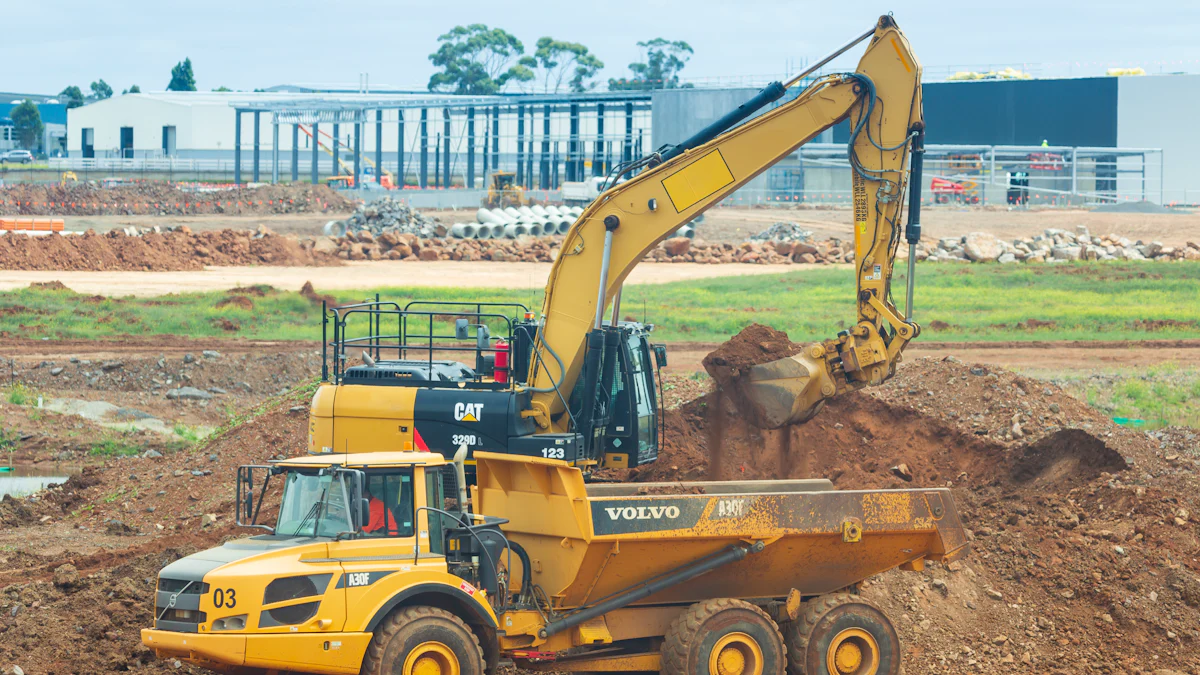
Inspect Parts Before Purchase
Look for signs of damage, defects, or poor craftsmanship.
Before purchasing any replacement part, conduct a thorough inspection. Examine the surface for visible damage, such as cracks, dents, or uneven finishes. Poor craftsmanship often indicates substandard quality, which can compromise the performance of your equipment. Pay close attention to critical components like excavator buckets, as these endure significant stress during operation. Identifying defects early helps you avoid costly repairs and ensures your machinery operates efficiently.
Ensure the part meets industry standards and certifications.
Look for labels or documentation that confirm the part’s adherence to these quality parts.
Compare OEM vs. Aftermarket Options
Understand the pros and cons of OEM parts (e.g., guaranteed fit, higher cost).
Original Equipment Manufacturer (OEM) parts offer unmatched compatibility and quality. These parts are specifically designed for your excavator, ensuring a perfect fit and seamless integration. OEM parts often come with warranties, providing additional peace of mind. However, they tend to be more expensive than aftermarket alternatives. The higher cost may be justified for critical components like hydraulic systems or excavator buckets, where precision and reliability are paramount.
“OEM parts provide guaranteed fitment and quality, making them a reliable choice for maintaining your equipment’s performance.”
Evaluate aftermarket parts for cost savings and quality assurance.
Aftermarket parts present a cost-effective alternative to OEM options. Many aftermarket manufacturers produce high-quality components that match or exceed OEM standards. These parts are widely available for various makes and models, offering greater flexibility. However, quality can vary between manufacturers. Research the supplier’s reputation and customer reviews before purchasing. For heavy duty machinery parts, prioritize trusted brands to ensure durability and performance.
Focus on Durability and Longevity
Choose materials designed for heavy-duty machinery parts.
The material composition of a part significantly impacts its durability. Opt for components made from robust materials like high-grade steel or reinforced alloys. These materials withstand the intense pressure and wear associated with heavy duty machinery parts. For example, excavator buckets constructed from abrasion-resistant steel last longer and perform better in demanding environments. Durable materials reduce the frequency of replacements, saving you time and money.
Consider the expected lifespan of the part.
Evaluate the part’s expected lifespan before making a purchase. High-quality components often come with detailed specifications outlining their durability under specific conditions. For heavy duty machinery parts, prioritize options designed for extended use in harsh environments. Investing in long-lasting parts minimizes downtime and ensures consistent performance. For instance, durable excavator buckets maintain their structural integrity even after prolonged exposure to abrasive materials.
Cost and Value Considerations
Compare Prices Across Suppliers
Request quotes from multiple vendors to find the best deal.
To get the best value for your money, request quotes from several suppliers.
Be cautious of prices that seem too good to be true.
Extremely low prices often indicate poor-quality digger parts. Substandard components can compromise your excavator’s performance and lead to frequent replacements. Avoid deals that seem unrealistic or lack proper documentation. Instead, choose suppliers with a proven track record of delivering reliable and durable parts. Investing in quality parts upfront saves you money in the long run by reducing maintenance and downtime.
Factor in Shipping and Delivery Times
Account for shipping costs when comparing prices.
Shipping costs can significantly impact the overall expense of purchasing replacement parts. When comparing prices, include shipping fees in your calculations to get an accurate estimate. Some suppliers offer free or discounted shipping for bulk orders, which can help you save money. Always confirm the shipping terms before finalizing your purchase to avoid unexpected expenses.
Ensure timely delivery to avoid equipment downtime.
Delays in receiving parts can disrupt your operations and lead to costly downtime. Choose suppliers who guarantee prompt delivery and provide tracking information for your order. Reliable suppliers understand the importance of timely service and work to ensure you receive your digger parts when you need them. Quick delivery minimizes interruptions and keeps your excavator running efficiently.
Assess Warranties and Return Policies
Look for parts with warranties for added peace of mind.
Warranties provide assurance that the parts you purchase meet quality standards. A warranty protects you against defects or malfunctions, allowing you to request a replacement or repair if needed. When selecting replacement parts, prioritize those backed by a comprehensive warranty. This added protection ensures you get the most value from your investment.
Understand the supplier’s return policy in case of issues.
A clear and fair return policy is essential when purchasing digger parts. Review the supplier’s terms to understand the process for returning defective or incompatible parts. A flexible return policy demonstrates the supplier’s confidence in their products and commitment to customer satisfaction. Knowing you can return parts if issues arise gives you confidence in your purchase.
Maintenance and Record-Keeping
Keep Detailed Maintenance Logs
Record all part replacements and repairs for future reference.
Maintaining a detailed log of all part replacements and repairs is essential for effective equipment management. Each entry should include the date, part name, serial number, and reason for replacement. This record helps you track the history of your excavator’s maintenance activities. It also ensures compliance with warranty requirements, as many manufacturers require proof of proper upkeep. A well-maintained log provides clarity when reviewing past repairs and simplifies future decision-making.
“Be specific and detailed: Provide descriptions of maintenance tasks, including steps taken, measurements obtained, and observations made. This level of detail captures a comprehensive picture of the maintenance performed.”
Use logs to track part performance and identify recurring issues.
Your maintenance log serves as a valuable tool for analyzing part performance over time. By reviewing the data, you can identify patterns or recurring issues with specific components. For example, if a particular part fails frequently, it may indicate a compatibility issue or the need for a higher-quality replacement. Tracking performance helps you make informed decisions when buying used excavator parts or planning future repairs. This proactive approach minimizes downtime and enhances the reliability of your equipment.
Plan for Regular Inspections and Replacements
Schedule routine inspections to identify potential problems early.
Routine inspections are critical for detecting potential issues before they escalate. Create a schedule based on your excavator’s usage and operating conditions. During inspections, check for signs of wear, leaks, or unusual noises. Pay close attention to high-stress components like hydraulic systems and engine parts. Early identification of problems allows you to address them promptly, preventing costly breakdowns and ensuring smooth operation.
Stock essential spare parts, such as excavator couplings, to minimize downtime.
Keeping essential spare parts on hand reduces downtime during unexpected repairs. Stock items like excavator couplings, filters, and seals that are prone to wear and tear. Having these parts readily available ensures quick replacements, keeping your equipment operational. Partnering with a trusted supplier like YNF Machinery simplifies the process of sourcing high-quality spare parts. Their expertise ensures you have the right components to maintain your excavator’s performance.
Understanding your excavator and selecting the right parts are essential for maintaining its performance and reliability. By consulting reliable sources, you ensure compatibility and avoid costly mistakes. Evaluating part quality and balancing cost with value help you make informed decisions that enhance efficiency. Regular maintenance and detailed record-keeping extend the lifespan of your equipment, reducing downtime and repair expenses. When buying used excavator parts or new components like excavator attachments, choose trusted suppliers like YNF Machinery. Their high-quality excavator attachments and engine components guarantee durability and optimal performance for your machinery.
FAQ
What are the key considerations when replacing parts on an excavator?
When replacing parts, focus on compatibility with your machine’s make and model. Evaluate whether to choose OEM or aftermarket parts based on your needs. Ensure the parts meet quality standards and inspect them for any defects before purchase. Keep detailed documentation of the replacement process for future reference.
What are some common maintenance issues that can arise with excavators?
Excavators often face issues like hydraulic system leaks, electrical malfunctions, engine performance problems, and track or undercarriage wear. Regular inspections can help you identify these problems early and prevent costly repairs.
Why is regular preventive maintenance important for excavators?
Preventive maintenance helps you detect minor issues before they escalate into major problems. It reduces the risk of unexpected breakdowns and ensures your excavator operates efficiently and reliably. Scheduling routine checks also extends the lifespan of your equipment.
How can I ensure the parts I purchase are authentic?
To verify authenticity, check for proper labeling, serial numbers, and certifications. Purchase from trusted suppliers like YNF Machinery, who prioritize quality and provide genuine parts. Avoid deals that seem too good to be true, as they may involve counterfeit components.
Should I choose OEM or aftermarket parts for my excavator?
OEM parts guarantee compatibility and reliability, making them ideal for critical components. Aftermarket parts, on the other hand, offer cost-effective alternatives and are widely available. Research the supplier’s reputation and consider your specific needs before deciding.
What steps should I take to maintain my excavator’s hydraulic system?
Inspect the hydraulic system regularly for leaks, unusual noises, or reduced performance. Replace worn-out hoses and seals promptly. Use high-quality hydraulic fluid and follow the manufacturer’s guidelines for maintenance to keep the system running smoothly.
How do I know when to replace critical components like couplings or engine parts?
Monitor your excavator’s performance and conduct regular inspections. Look for signs of wear, such as cracks, rust, or reduced efficiency. Replace critical components immediately if they show significant damage to avoid further complications.
Can I use used parts for my excavator?
Yes, but exercise caution when buying used parts. Inspect them thoroughly for wear and damage. Seek advice from mechanics or join online forums to learn about reputable sources for used parts. Always verify compatibility with your machine before purchasing.
What should I include in my maintenance log?
Record details like the date of replacement, part name, serial number, and reason for replacement. Include observations from inspections and any repairs performed. A well-maintained log helps you track part performance and identify recurring issues.
How can I minimize downtime during repairs?
Stock essential spare parts, such as couplings and filters, to ensure quick replacements. Partner with reliable suppliers who offer fast shipping and expert support. Plan routine inspections to address potential problems early and avoid unexpected breakdowns.

